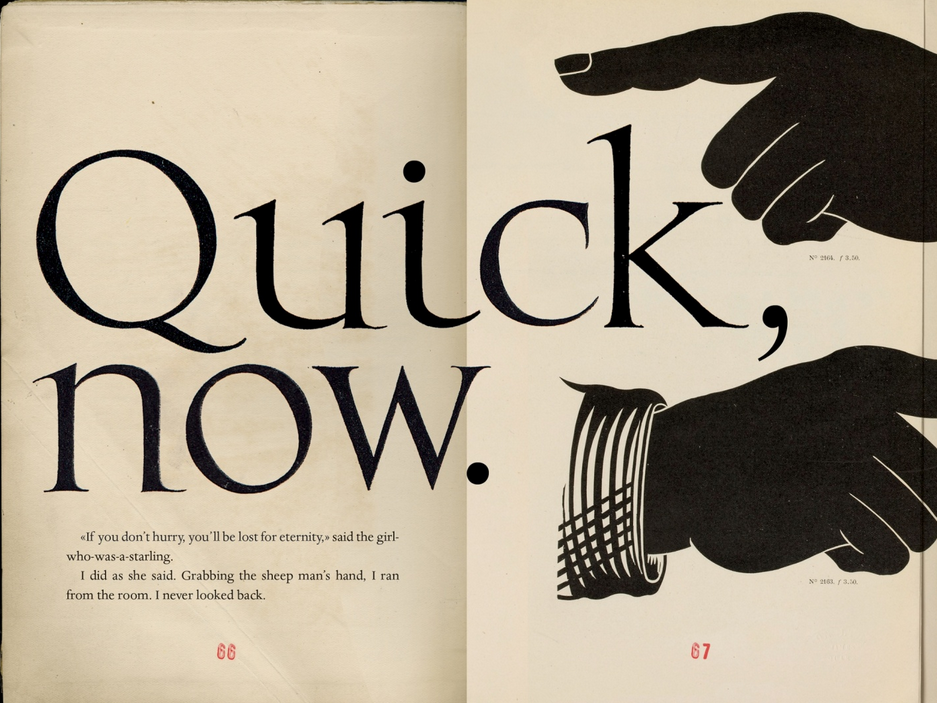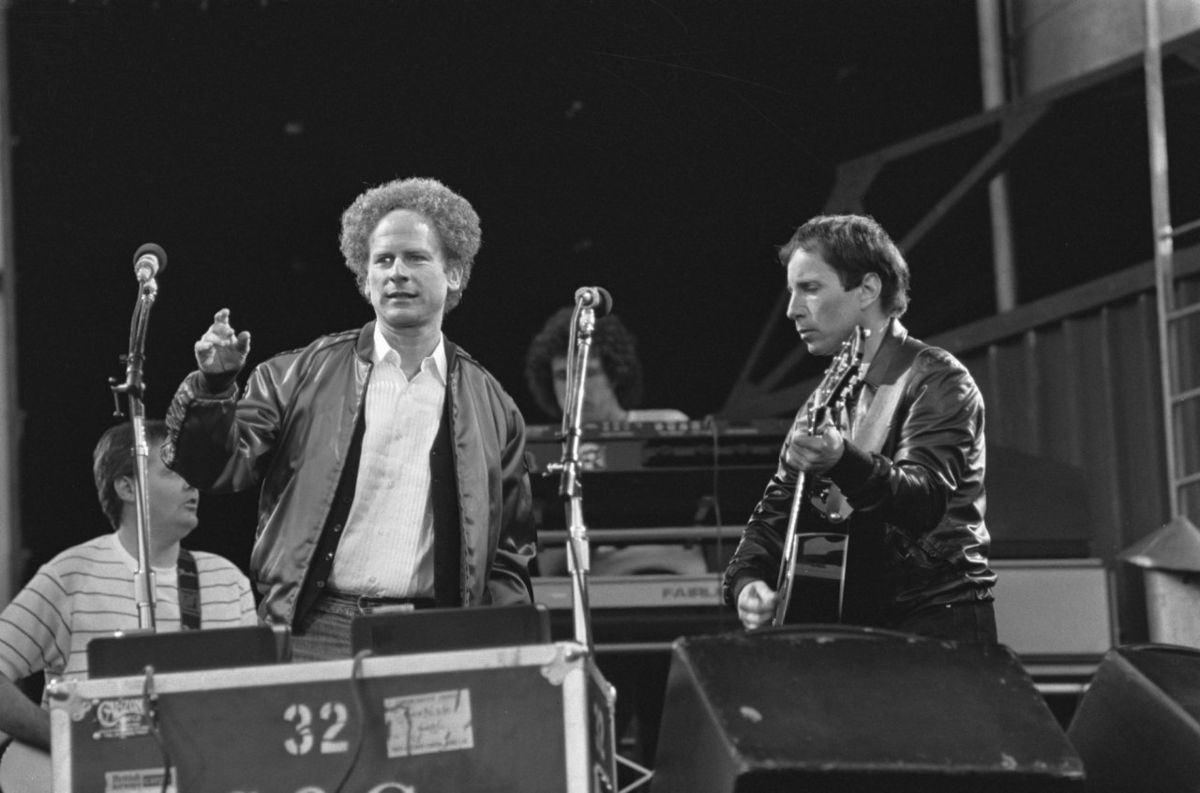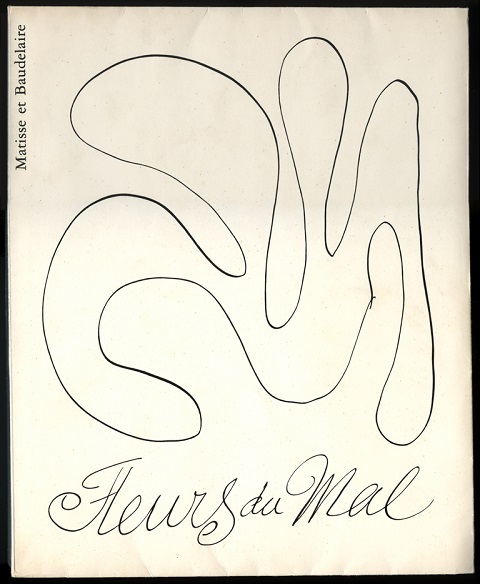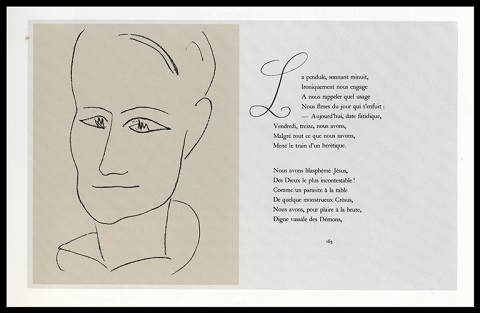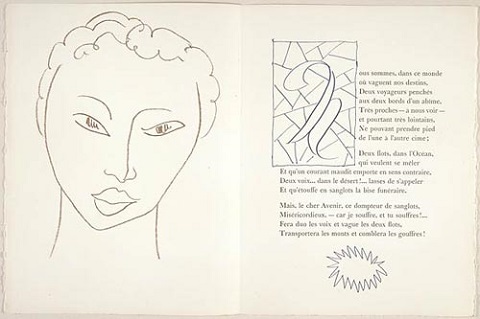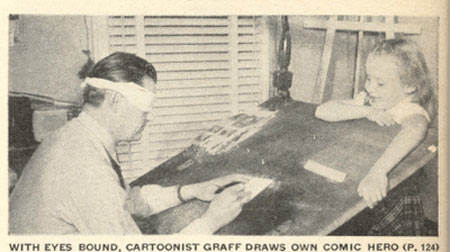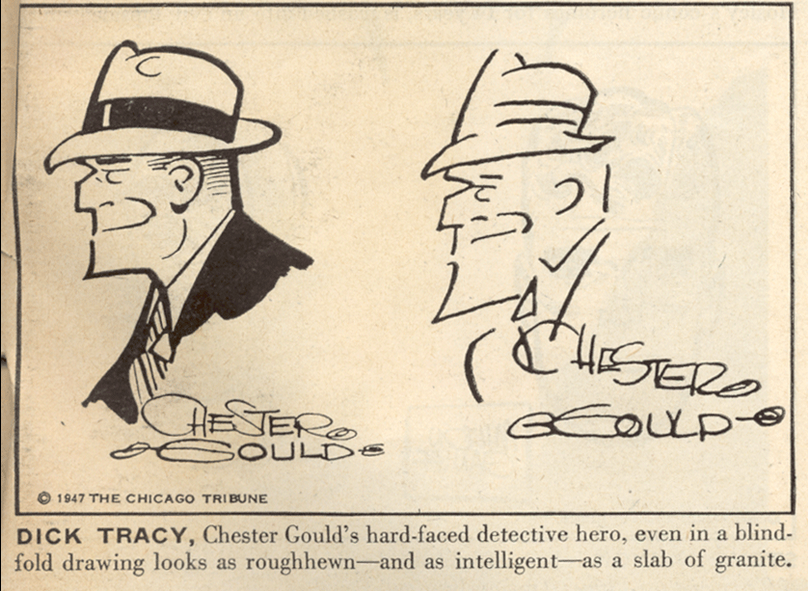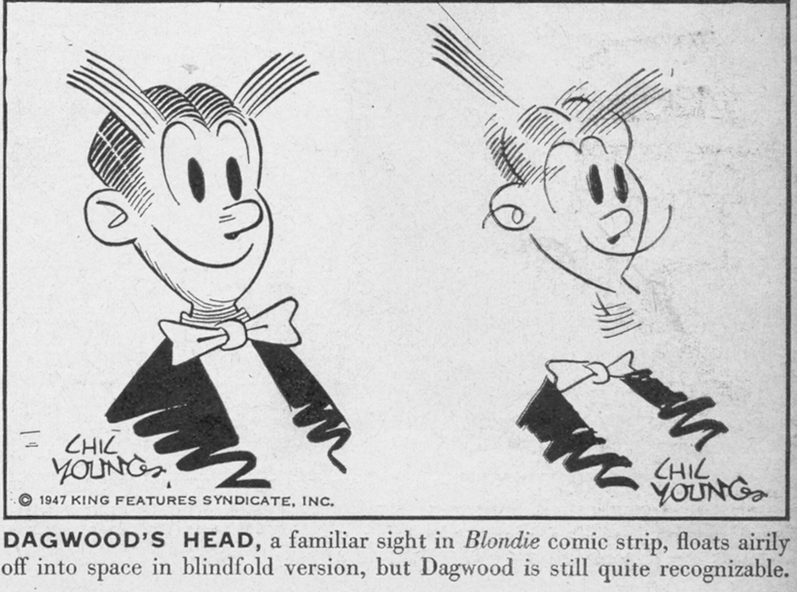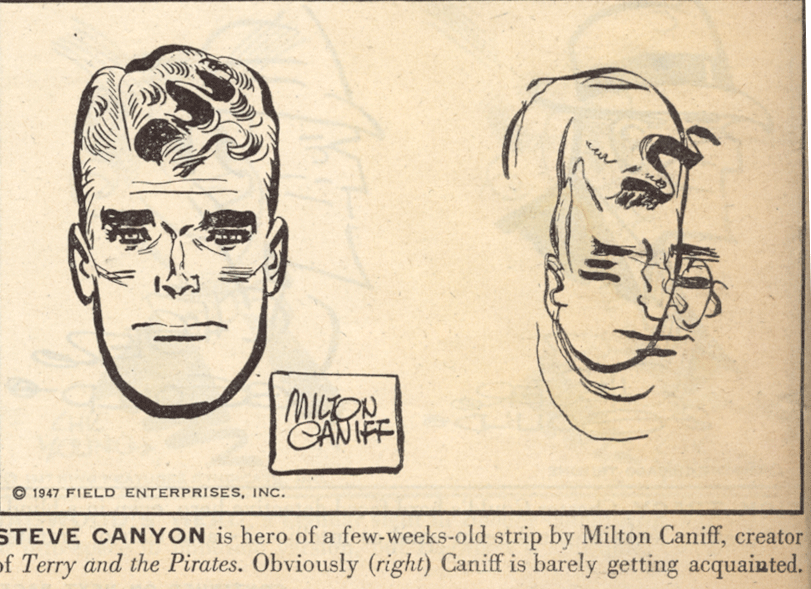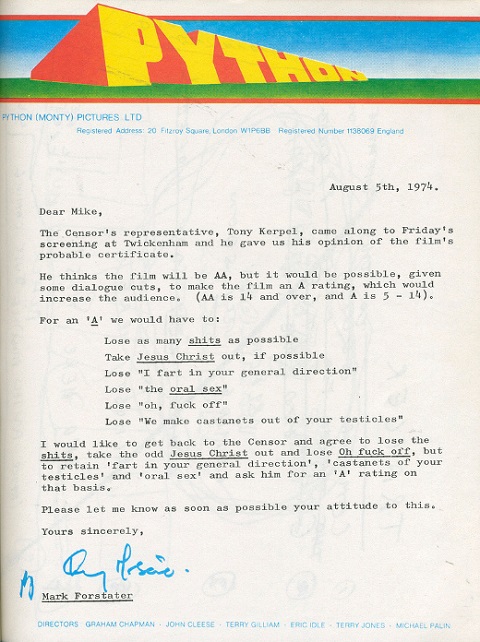Before John Fugelsang was a well-known political commentator regularly opining at Huffington Post, MSNBC, and CNN, he caught a big break as a host on VH1 in the 90s, where he was, in his own words, “their de facto classic rock guy.” Interviewing the illustrious likes of Paul McCartney, Pete Townshend, Eric Clapton, Robbie Robertson, and Willie Nelson, Fugelsang had the chance to host “the most incredible all-star concerts that nobody would watch.” At least one of those concerts became tremendously significant in hindsight—on July 24, 1997, George Harrison came by the studio, talked at length about the Beatles, his own music, and spirituality, giving what would turn out to be his very last public interview and performance. Watch it above in a re-broadcast. That same year, Harrison was diagnosed with throat cancer. He died in 2001.
Harrison appeared with his old friend Ravi Shankar—he had just produced Shankar’s Chants of India—and had only planned to stop by, Fugelsang says, and “give us a little 10-minute sound byte.” Instead they talked for twice that long and Harrison played, among other things, his classic “All Things Must Pass” from his 1970 solo record of the same name (above). The interview was, of course, a high point for the show’s host, who did everything he could to keep Harrison talking, connecting with him over their shared interest in religious faith. For Harrison, there was no separating music and spirituality. Reflecting on Shankar’s album, he says
And that’s really why for me this record’s important, because it’s another little key to open up the within. For each individual to be able to sit and turn off, um…“turn off your mind relax and float downstream” and listen to something that has its root in a transcendental, because really even all the words of these songs, they carry with it a very subtle spiritual vibration. And it goes beyond intellect really. So if you let yourself be free to let that have an effect on you, it can have an effect, a positive effect.
Harrison and Fugelsang also discussed the 1970 Concert for Bangladesh, which was partly set in motion by Shankar. In a life that included playing in the most famous band in the world then sustaining one of the most productive and successful solo careers in rock, 1970 was a watershed year for Harrison. The Bangladesh benefit marked the live debut of many of Harrison’s first solo compositions; and for a great many George Harrison fans, the Phil Spector-produced All Things Must Pass is the purest expression of the soft-spoken musician’s genius.
I only speak for myself in pointing to the haunting, hypnotic “The Ballad of Sir Frankie Crisp” (above) as the most beautiful and mysterious song on that album. Last night—it being George Harrison week on Conan O’Brien—Harrison’s son Dhani came on the show to play that song and “Let It Down,” also from All Things Must Pass. His appearance follows Paul Simon’s Tuesday night rendition of “Here Comes the Sun” and Beck’s cover of Harrison’s “Wah Wah” on Monday. These performances mark the release of a new Harrison box set, which has also occasioned a September 28th all-star tribute concert at L.A.’s Fonda Theater. Learn more about that event and other Harrison tributes and happenings at Consequence of Sound.
Related Content:
George Harrison Explains Why Everyone Should Play the Ukulele, With Words and Music
Phil Spector’s Gentle Production Notes to George Harrison During the Recording of All Things Must Pass
Ravi Shankar Gives George Harrison a Sitar Lesson … and Other Vintage Footage
Josh Jones is a writer and musician based in Durham, NC. Follow him at @jdmagness.
